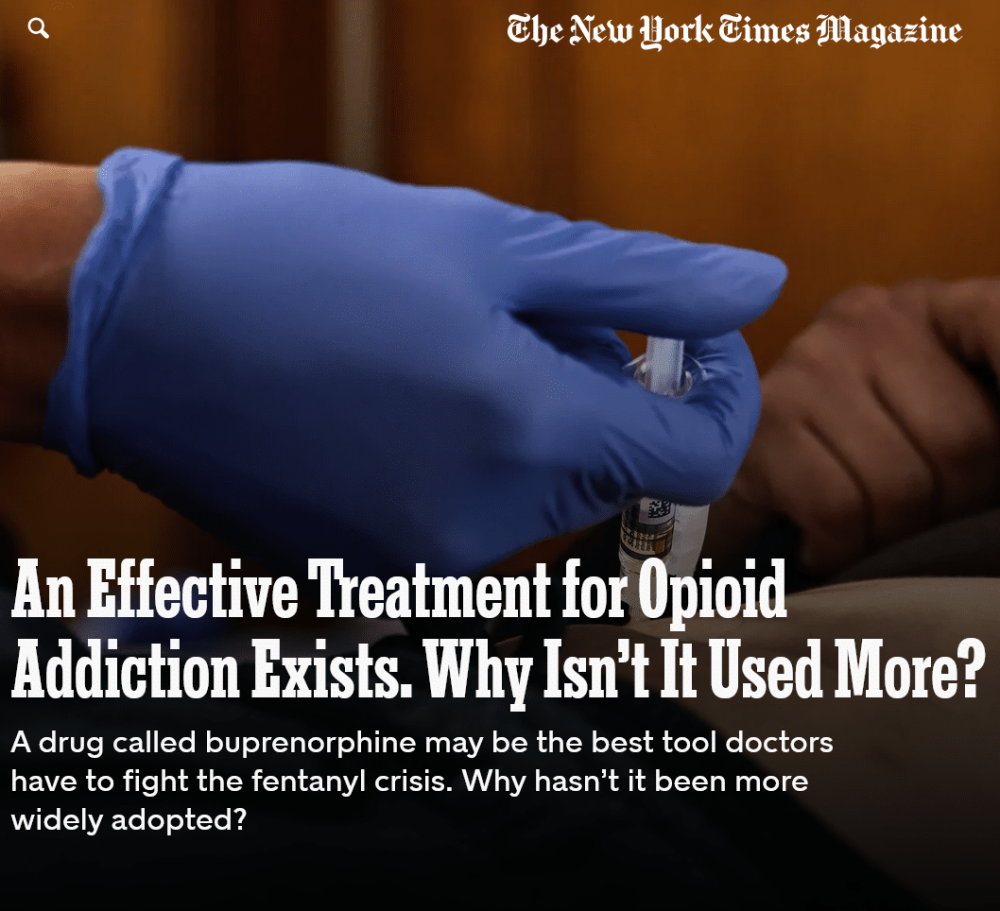Post-Acute Withdrawal Syndrome (PAWS) refers to physical or mental withdrawal symptoms that continue for weeks, months, or years after a person completes detoxification from an addictive substance. Symptoms that last longer than expected increase the risk of relapse.
The severity of post-acute withdrawal symptoms varies for each person and may depend on the substance abused. However, research finds PAWS occurs most often in people withdrawing from alcohol, opioid, marijuana, or benzodiazepines (benzos) dependence.1
Experts estimate about 90 percent of recovering opioid users and about 75 percent of recovering alcohol and psychotropic abusers experience PAWS.2
Acute Withdrawal vs. Post-Acute Withdrawal Syndrome
Withdrawal symptoms occur as the brain and body seek to adjust to the absence of an addictive substance and regain a natural balance. Acute withdrawal side effects may begin within hours of stopping substance use and can last days or weeks. Post-acute withdrawal symptoms may continue or first present during the months following the initial withdrawal period.
Acute phase
The acute phase presents the highest risk of severe and even dangerous side effects, which is why detoxing in a medically supervised setting is so important.
Withdrawal effects during the acute phase typically peak within four to seven days. Potentially dangerous side effects may include rapid heart rate, elevated blood pressure, seizures, altered reality, hallucinations, delusions, depression, and severe cravings.3,4 Medically supervised detox ensures the person remains safe and more comfortable throughout the process.
Post-acute phase
Risk factors for relapse can include continuing symptoms or new symptoms that are less severe but occur after the acute phase. Frustration and discomfort can contribute to stress, anxiety, and depression, increasing the chances of relapse.
Mood swings, insomnia, and increased anxiety are common symptoms of PAWS. Although researchers have not found a definitive cause of PAWS, some link the syndrome to changes in the brain, including tolerance, that occurs during substance abuse.5
Infants born to mothers who have repeatedly abused substances are also at risk of developing PAWS.
Besides cravings for substance use that can occur during the acute and post-acute withdrawal stages, post-acute withdrawal symptoms may include:6
- Insomnia
- Anxiety
- Poor concentration
- Loss of sex drive
- Mood swings
- Depression
Sleep problems commonly occur during active addiction and months after substance use stops. During active addiction, the body attempts to adapt to disruptions in normal processes, which can impair sleep and other functions. Sleep patterns are often affected when substance use stops as the body fights to restore normal functions and regain equilibrium. Studies find that post-acute sleep issues are a common link to relapse.7
UCLA researchers have identified other potentially serious side effects that may also occur with PAWS, including:8
- Obsessive-compulsive behaviors
- Feelings of anxiety or panic
- Difficulty maintaining social relationships
- Apathy or pessimism
- Increased sensitivity to stress
The UCLA researchers identified stress as a significant factor in worsening the severity of PAWS symptoms.
Although PAWS is temporary and rarely includes life-threatening symptoms, it can cause psychological and emotional distress that makes it challenging for a person to stick to their recovery plan.
Risk factors that may affect a person’s chances of experiencing PAWS include:9
- Stopping substance use “cold turkey”
- How long they have misused the substance
- The amount they used and how often they misused the substance
- The presence of co-occurring physical or mental health conditions
- Certain genetic factors
Additionally, experts believe those with a long history of substance abuse, those who have relapsed in previous attempts at abstinence, or those who have not participated in a therapeutic rehabilitation program after detox are most likely to experience post-acute withdrawal symptoms.
How to Manage PAWS
Patients who undergo medical detox immediately followed by a quality inpatient or outpatient therapeutic program have the highest success rate in long-term recovery. Medically managed withdrawal helps alleviate withdrawal from opioids, benzodiazepines, alcohol, nicotine, barbiturates, and other sedatives.10
Once patients complete medical detox, professional staff refers them to a psychotherapeutic program that typically includes individual and group therapy, support group participation, stress reduction techniques, and other components.
Some tips for those struggling with any stage of withdrawal include:
- Commit to a healthy lifestyle, including good nutrition, adequate daily water intake, regular exercise, and working toward healthy sleep patterns. Studies find that people who practice regular aerobic exercise are less likely to use addictive substances.11 “Proper nutrition and hydration are key to the substance abuse healing process because they help restore physical and mental health and improve the chance of recovery,” according to Today’s Dietician.12
- Practice mind-body techniques like yoga, mindfulness, and meditation to lessen anxiety and mental stress, risk factors for relapse.13
- Talk openly with trusted family members or peers and ask for their support. Regular attendance at a support group addressing your substance abuse provides education, encouragement, crisis intervention, and overall support.
- Avoid negative people, news, books, TV, and movies. Watch or read inspirational stories, express creativity in some form, keep a gratitude journal, and form relationships with other sober people.
- Practice spirituality in whatever form that means to you: church, spiritual readings, connecting to nature, meditation, singing, etc.
- Know your trigger situations and people and avoid them. Pre-plan how you will manage if you unexpectedly encounter a trigger situation. Keep a written record of all the reasons you chose sobriety and review the list daily.
Gallus Medical Detox Centers
Our staff at Gallus Medical Detox understands many people fear the detoxification process. Patient fear is one of the main reasons Dr. Patrick Gallus developed his unique medical protocol, The Gallus Method, seeking to allay those fears while ensuring each patient is safe and as comfortable as possible.
The Gallus Method uses the most current, evidence-based approaches that prioritize our patients’ comfort, dignity, and safety while achieving an excellent outcome. Patients are monitored around the clock to ensure their physical and mental well-being.
Our board-certified physicians, ICU-level registered nurses, and medical care technicians are experts at relieving withdrawal symptoms while patients are with us and preparing them for the next step in their recovery once they complete their stay at Gallus.
Contact Gallus today for more information.
Sources
- https://www.hazeldenbettyford.org/articles/post-acute-withdrawal-syndrome
- https://www.semel.ucla.edu/dual-diagnosis-program/News_and_Resources/PAWS
- https://www.verywellmind.com/opioid-withdrawal-2564485
- https://www.medicalnewstoday.com/articles/benzo-withdrawal#symptoms
- https://www.semel.ucla.edu/dual-diagnosis-program/News_and_Resources/PAWS
- https://www.medicalnewstoday.com/articles/benzo-withdrawal#protracted-withdrawal
- https://www.sciencedirect.com/science/article/abs/pii/S0306987709006999?via%3Dihub
- https://www.semel.ucla.edu/dual-diagnosis-program/News_and_Resources/PAWS
- https://www.medicalnewstoday.com/articles/post-acute-withdrawal-syndrome#risk-factors
- https://nida.nih.gov/publications/principles-drug-addiction-treatment-research-based-guide-third-edition/drug-addiction-treatment-in-united-states/types-treatment-programs
- https://www.ncbi.nlm.nih.gov/pmc/articles/PMC3276339/
- https://www.todaysdietitian.com/newarchives/120914p44.shtml
- https://www.health.harvard.edu/blog/mindfulness-meditation-may-ease-anxiety-mental-stress-201401086967


 Steve B
Steve B 
